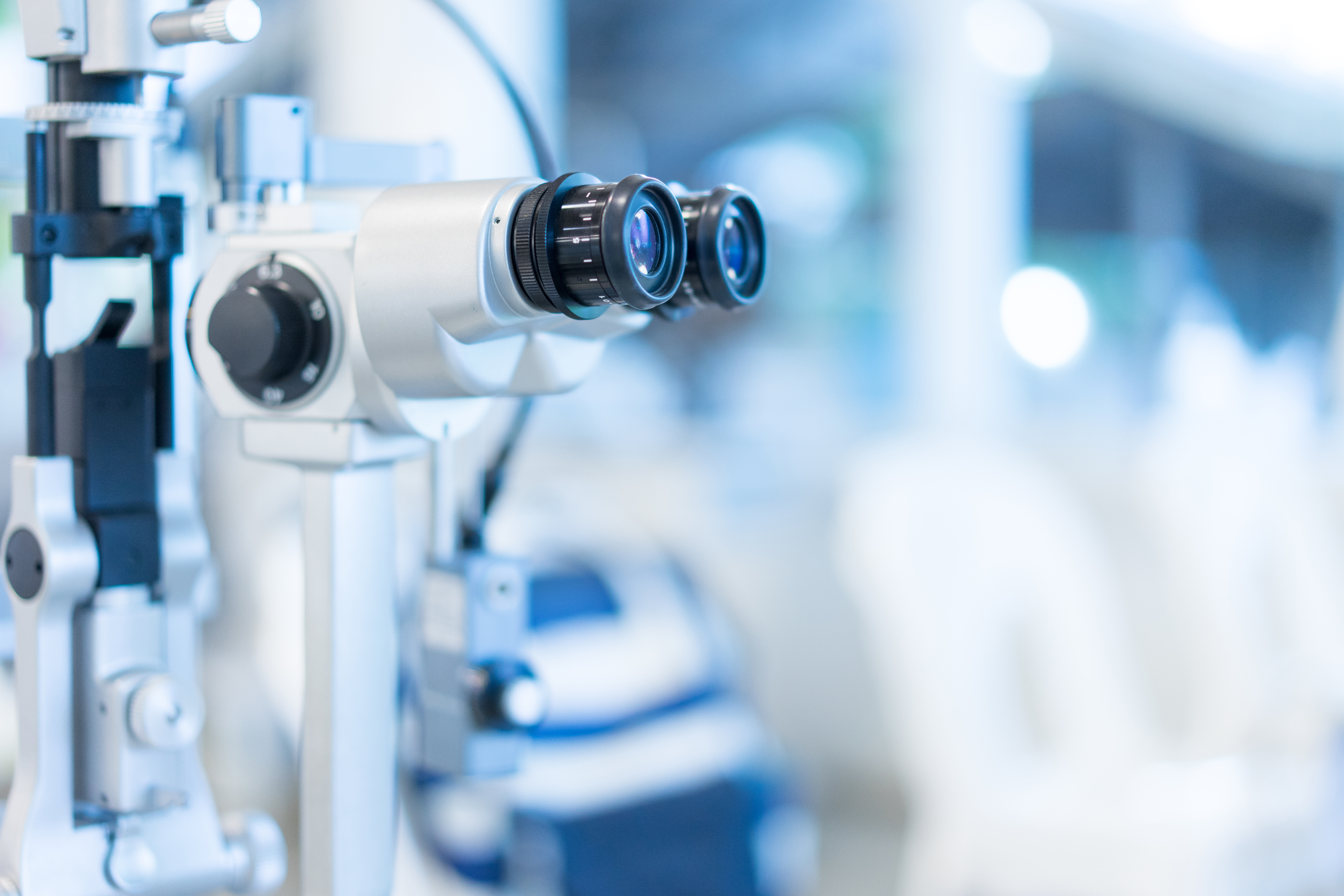In the first part of our article, we introduced you to the general idea of a completely digital eye care practice. This time we want to make it concrete!
So what do we need to build a digital ecosystem as the basic framework for a digital eye care practice?
The basis for the digital eye care practice is the so-called Electronic Medical Record System (EMR) or Electronic Health Record System (EHR).
The EMR should ideally have the following functions and features:
- Complete appointment scheduling with reminder service and online scheduling
- Automatic billing
- Tablet capable medical history and triage system
- Full and automatic integration of external devices such as autorefractometer, visual field analyzer, corneal topography, OCT, etc.
- Telemedicine and video-enabled online connection and Smartphone compatibility
- Patients Communication Center
EMR systems that deliver the above-mentioned features are, for example, EMA Ophthalmology (ModMed), CureMD or Medflow in the English-speaking area.
It would be desirable to have a single system that maps all of the above functions. Nevertheless, several different systems (e.g. EMR separately, imaging data separately) can be used. It is important to ensure smooth communication and compatibility between the systems. It is also helpful if the system supports outsourcing of parts of the patient journey such as medical history, etc.
A closer look at the technical patients' examinations may reveal that it can also be considered to operate a digital eye care practice completely autonomously or at least with medical support staff (e.g. optometrists, medical assistants). Medical technical assistants/ optomoetrists etc. are extremely helpful in performing the examinations and ensuring their reliability.
For our following thought construct, we assume that we have at least one medical assistant available to do the examinations without, for example, automatic locks, directional signs, etc.
Each single examinations can be performed on individual devices. However, a start-up called MIKAJAKI (see interview MIKAJAKI) has specialized in offering all examinations in one device. The EyeLib records approx. 100 ophthalmological examinations in only 6 minutes examination time. So what do we need more devices for?
The EyeLib System covers the following examinations:
- Wavefront focimeter measurement
- Anterior segment analyzer: Refractometer, image of the eye, cross-sectional images of the cornea with anterior segment spectral-domain OCT, keratometer, corneal topographer, aberrometer, retro-illumination, Scheimpflug imaging, pachymeter, epithelial map, non-contact tonometer and biometry.
- Posterior segment analyzer: non-mydriatic camera, posterior OCT (with RGCL, Macula and RNFL)

Figure 1: Image of the robotic eye imaging system "EyeLib", build by the start-up MIKAJAKI.
Still missing in our setup is a neuro-ophthalmologic assessment including amongst others motility and visual field analysis, which is also important for our glaucoma patients. Modern visual fiel analyzers, who offer automated visual field assessment are e.g. the Zeiss Humphrey Field Analyzer 3 or the Haag-Streit Octopus 900. In addition, there are also the first devices that use VR goggles to perform a completely digital assessment of the visual field, which can possibly also be done from home for experienced patients. One example is the Oculera Visual Field Analyzer. It is important that care is taken to choose the right program and device for each patient, depending on their symptoms or underlying disease.
In the meantime, there are also eye-tracking supported systems that perform a complete neuroophthalmological examination with the help of artificial intelligence. These include, for example, the BulbiCAM from Bulbitech.
Patient interaction after the on-site visit can basically be generalized via the EMR system, or disease-specific via various apps. One example is the Zeiss Eyeguide, an app that accompanies patients before and after cataract surgery, provides information, but also implements individualized therapy plans and has a drop reminder function.
In addition, there are apps such as Glaucare, an app that specializes in patients with glaucoma, or Corneacare for patients with ocular surface diseases.
Moreover, if an ophthalmic surgical procedure is planned, it is now possible to carry out the consultation for informed consent completely digitally and with the aid of videos/digital images. This has several advantages. In addition to significantly better visualization and less paperwork, some manufacturers, such as Optimed, already offer tools that can be used to measure whether the patient has demonstrably understood aspects of the educational discussion.
Increasingly, home-care devices are now starting to gain importance, especially for cost-intensive, chronic eye diseases such as glaucoma, dialectical retinopathy or exudative macular degeneration. Even expensive devices such as the Home OCT from Notalvision or the iCare Home2 from iCare are covered by some insurance companies, as close monitoring of patients is desired for these very cost-intensive diseases. Home devices can of course be ideally integrated into the workflow of a digital ophthalmology practice.
In summary, it is now technically feasible to set up a completely digital ophthalmology practice. However, it can be assumed that this is not yet fully automated, but can be operated more simply with assistant staff. Read about further limitations, pros and cons, in our third part of this series.
Further Links



